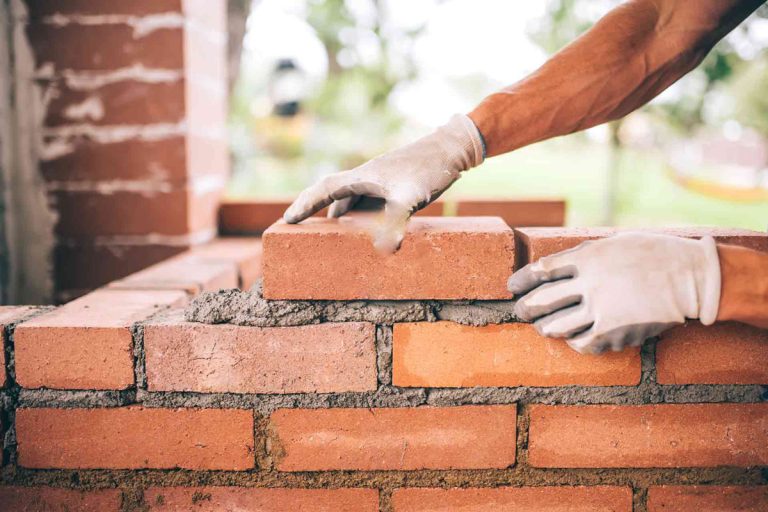Getting to know the history of building bricks
Brick is one of the oldest building materials, whose age, according to some archaeologists, reaches ten thousand years ago. The origin of the word brick, which is also called ajur and agur in Persian, is unknown.
In the Akkadian language, it is recorded as agurru, in Aramaic as agur, in Arabic as ajar, and in ancient Armenian as agur. The word Babylonian brick has been the name of the clays on which charters, laws, etc. were written. Primitive brick kilns undoubtedly consisted of places where layers of firewood and clay were stacked alternately. Remains of pottery and brick kilns have been found in Sush and Silk Kashan, which date back to the 4th millennium BC in Iran. There are also indications of the production and consumption of bricks in India.which indicates a history of six thousand years of brick in this country. Bricks made from clay have been used since about 5,000 years ago. Apparently, for the first time, bricks were used to build cities in the Mesopotamia and the Indus Valley in Pakistan. Hand-made (pressed) brick, which was made by the hands of the hard-working artist, and has strengthened and beautified palaces, places of worship, schools, mosques, and buildings, has been used for seven thousand years. But unfortunately, today this thousand-year-old handicraft industry is taking its last breaths.
In the urban development of Tehran, there are no traces left of the hand-made brick kilns around Shush Square, Ray Qadim Road and Hashem Abad. However, in Mahmud Abad, 30 chimneys of brick kilns, some of which are up to 300 meters in length, are still standing since 1356.
At the beginning of the Iran-Iraq war, Iraqi planes targeted these chimneys several times instead of the Tehran refinery. Before these furnaces were electrified, high brick bars did ventilation and chimney work.
The history of the appearance of bricks in Iranian works
The history and making of bricks goes back to ancient times and according to the available documents, the origin and use of bricks has been thousands of years before and before history.
In the ancient period, along the Tigris and Euphrates rivers and after their flooding, a large amount of mud was deposited on the surface of the earth.
These sediments had a special adhesion. After the water in their mud evaporated due to the sunlight, they created cracks, and the dry mud formed into irregular cubes and was used as a mortar for layered mud walls in those days.
It is worth mentioning that the ovens of the campers who were engaged in herding by the rivers became hard due to the penetration of fire, which actually caused the emergence of the cooking method and as a result, bricks.
In the following years, at the same time as the construction of the Tower of Babel, brick making and baking were invented by the Babylonians, and for this reason, the name of brick, which is a Babylonian word, has become known by the same name in most languages.
After this stage, the baking of bricks was developed by the Chaldeans, and with the appearance of bricks, there was a change in the construction of buildings, which until then were nothing more than clay and mud. As a result of this, solid and brick buildings were started.
Early bricks were made without molds and like pillows.

